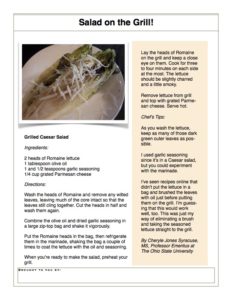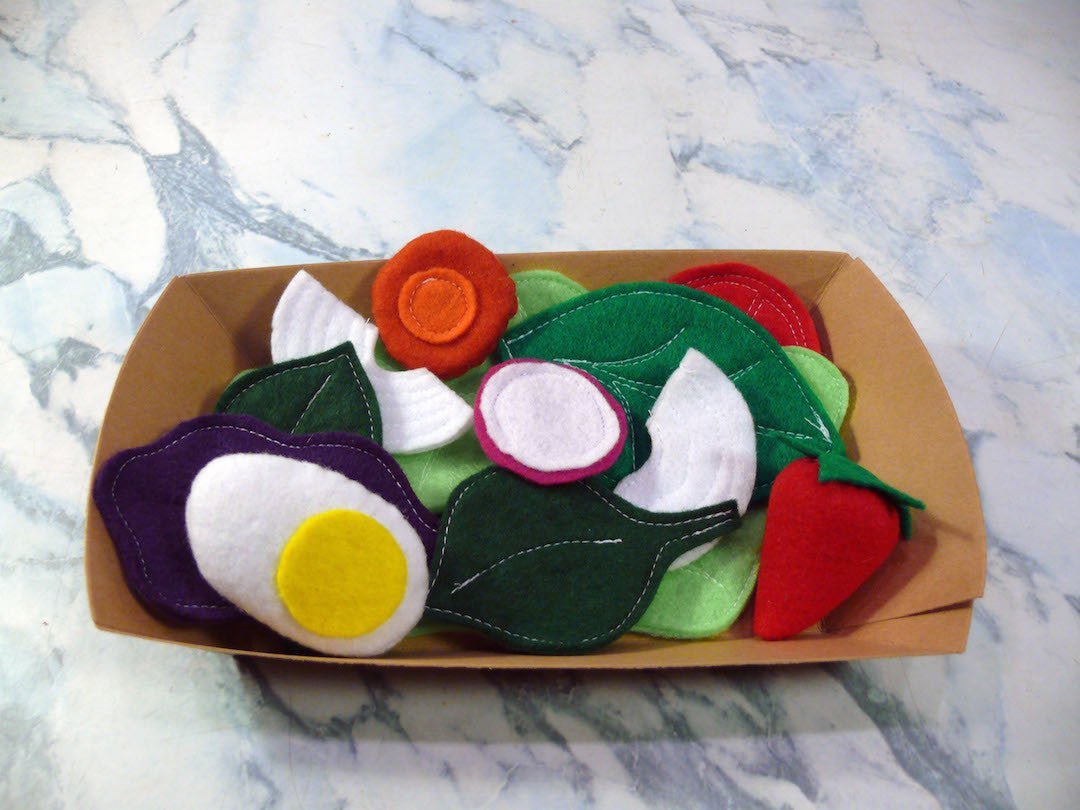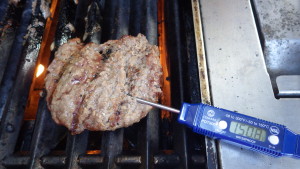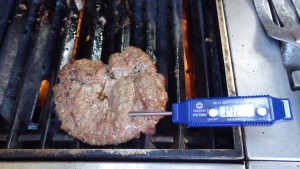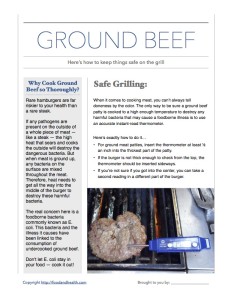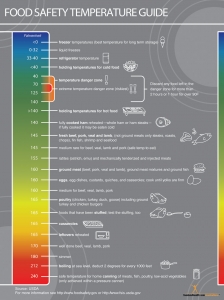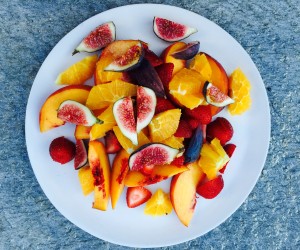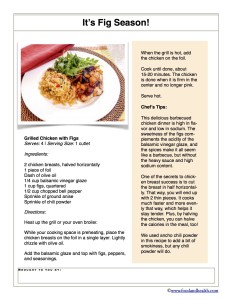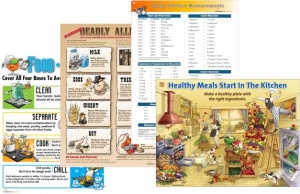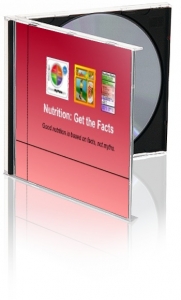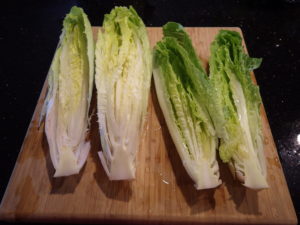 I’m always on the lookout for ways to eat, serve, and enjoy more vegetables. Salads are winners, but sometimes the toppings tend to pile on more calories and sodium than I want.
I’m always on the lookout for ways to eat, serve, and enjoy more vegetables. Salads are winners, but sometimes the toppings tend to pile on more calories and sodium than I want.
Caesar salad is a great example. It sounds healthy in the beginning, but the high-fat dressing, huge dose of cheese, and heaps of croutons frequently outweigh the benefits of the dark green leafy Romaine lettuce. A tablespoon of a typical Caesar dressing contains around 8.5 grams of fat and roughly 80 calories. This can be cut a little by using a lower-calorie version, but then you increase the amount of sugar and maybe even sodium.
But the foundation is sound. Romaine is a great green, high in vitamins K, A and folate. Like other greens, it’s almost fat-free and low in calories, with about 50 calories in a half a head and a bonus of dietary fiber (6.5 grams that same half head). Romaine is usually the basis for the Caesar salad, so let’s capitalize on it.
How?
By putting it on the grill.
Recently my husband and I went to a new restaurant in our community. I was surprised to see a “grilled Caesar salad” on the menu. It brought back memories of a similar salad I had in a restaurant in Baltimore over 15 years ago. I was so glad to be reminded of something I had enjoyed, and that in turn inspired me to give my own twist on this other way to enjoy a salad.
I fired up the grill and decided to try a grilled salad of my own. It’s so simple and a winner! Plus, it really doesn’t need dressing or croutons and a small amount of cheese goes a long way! When I served it for the first time, I had guests going back for seconds on salads. Now how often does that happen?!
Want to try it for yourself?
Here’s what I did.
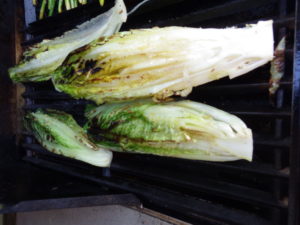 I started with full heads of Romaine lettuce. I washed and pulled of any wilted leaves, leaving much of the core intact so that the leaves still clung together. (Nutrition tip: keep as many of those dark green outer leaves as possible).
I started with full heads of Romaine lettuce. I washed and pulled of any wilted leaves, leaving much of the core intact so that the leaves still clung together. (Nutrition tip: keep as many of those dark green outer leaves as possible).
I then cut the heads in half and washed them again. After that, I put a small amount of olive oil (about one tablespoon) and some (about 1 ½ teaspoon) dried garlic seasoning into a large zip-top bag and shook it around. I used garlic seasoning since it’s in a Caesar salad, but you could experiment with anything. Then I added the Romaine heads and refrigerated them in the marinade, shaking the bag a couple of times to coat the lettuce with the oil and seasoning.
I’ve seen recipes online that didn’t put the lettuce in a bag and brushed the leaves with oil just before putting on the grill. I’m guessing this would work well, too. This was just my way of getting the work done early. It also eliminated a brush and allowed me to take the seasoned lettuce straight to the grill.
Once you’ve got the Romaine on the grill, the key is timing. It doesn’t take long:three to four minutes on each side at the most. The lettuce should be slightly charred and a little smoky. I topped each head with grated Parmesan cheese and served it to my guests. I don’t think it needed any other dressing, but a small amount of low-fat Caesar dressing could be added. Yum!
By Cheryle Jones Syracuse, MS, Professor Emeritus at The Ohio State University
And here’s a printable handout with the recipe! How will you use your copy?
Don’t miss these other amazing salad resources from the Nutrition Education Store!




